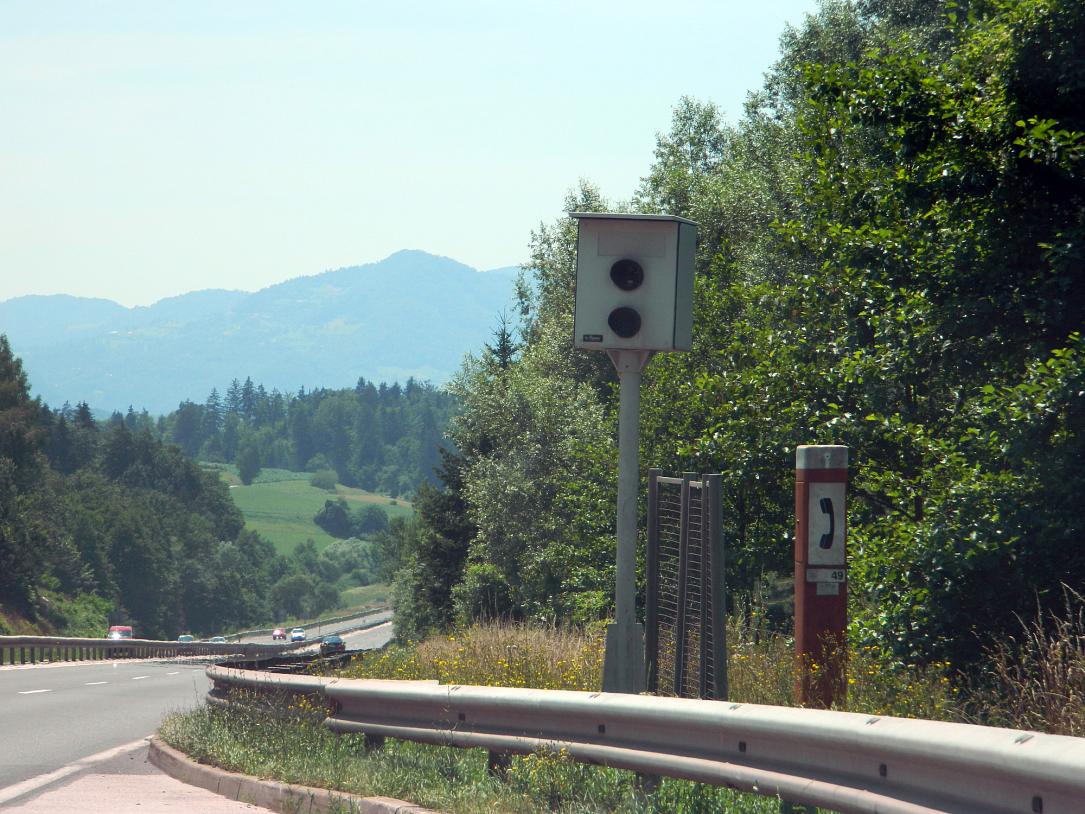Romania commits EUR 22 mln to modernize highways with cameras, sensors



The three highways that start from the capital of Romania and go on towards the southeast and center of the country will be modernized in the next two years with dozens of surveillance cameras, radars, and black ice sensors, totaling a EUR 22 mln investment.
Authorities say the investment will significantly reduce the number of accidents on the roads. National Road 1 (DN1), as well as the three highways that start from Bucharest, will be fully modernized.
Two fixed radars will be installed on the A1 Bucharest-Pitesti highway. The systems measure the speed of cars, and those who break the law will be sanctioned without the need for traffic police to be present on the scene.
Most of the fixed radars will be installed on the A3 highway towards Ploiesti. Drivers will be monitored with 20 such systems, and the road will be equipped with detection cameras and weather stations that will analyze the safety of traffic conditions. Two fixed radars will also be installed on the A2 highway that goes towards the seacoast, on the section covered by the project, up to Cernavoda.
Last on the list is National Road 1, which goes to the mountain resorts in Prahova Valley. 16 speed monitoring devices will be installed on the Bucharest-Ploiesti section of the road.
Romania’s Road Company (CNAIR) has launched the tender for the modernization of the four roads, and representatives of the road company are now waiting for offers. At the same time, they say that the project will expand.
“Offers will be submitted by April 19 of the present year, and the amount [invested] is somewhere around RON 112.7 mln (EUR 22.8 mln) without VAT. We have a series of projects already launched here; we are talking about A1 Sibiu Holdea and A3 between Tg Mures and Nadasel. This year, we will also launch the E safe system,” CNAIR spokesperson Alin Serbanescu told Digi24.
Although welcome, traffic surveillance systems are not enough, infrastructure associations say. Investments are needed to solve other problems as well. On DN1, a road that crosses many localities, pedestrians are in danger every day.
“People in that area have forgotten what their neighbors look like; they talk to them on Skype. You cannot cross; there are bridges that no one uses and intersections that are at the same level but are still very dangerous. Protected shelters should be built with very high railings or curbs for pedestrians to walk,” says Ionut Ciurea from the Pro Infrastructure association.
By the end of the project, 360 kilometers of roads in Romania will be monitored by the new monitoring system. CNAIR also intends to widen the three highways that originate in Bucharest, the A1 Bucharest-Pitesti highway (110 km), the A2 Bucharest-Constanta segment up to Fundulea (24 km), and the A3 Bucharest-Ploiesti.
(Photo source: Sabin Albei | Dreamstime.com)